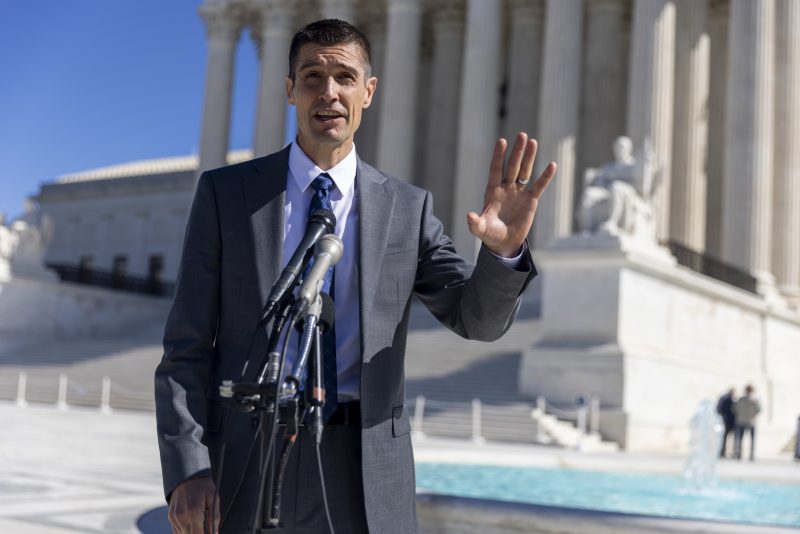In a landmark case addressing the regulation of ghost guns, the Supreme Court of the United States is faced with a complex question with far-reaching implications. Ghost guns, also known as untraceable firearms, are a growing concern for law enforcement agencies and policy-makers due to their lack of serial numbers, making them difficult to track and regulate.
At the heart of the matter before the Supreme Court is the balance between individual rights to bear arms and the government’s interest in public safety. The case involves a challenge to a federal regulation that seeks to expand the definition of firearms to include unfinished gun frames or receivers that can be easily completed by individuals at home. These 80% lower receivers enable individuals to build their own firearms without undergoing background checks or meeting other regulatory requirements imposed on traditional gun purchases.
Supporters of the regulation argue that the unregulated proliferation of ghost guns poses a significant threat to public safety, as these firearms can easily end up in the hands of criminals or individuals who are legally prohibited from owning guns. The government contends that regulating unfinished gun parts is essential to close existing loopholes and ensure that all firearms are subject to the same background check and registration requirements.
Opponents of the regulation, on the other hand, assert that it infringes upon Second Amendment rights by imposing undue restrictions on law-abiding citizens who wish to exercise their right to self-defense. They argue that a blanket regulation of unfinished gun parts would penalize responsible gun owners and hobbyists while doing little to address the underlying issues of gun violence in society.
During the oral arguments, the justices appeared to grapple with the nuances of the case, weighing the competing interests of individual rights and public safety. Several justices expressed concerns about the potential scope of the regulation and its impact on lawful gun owners. However, others raised pointed questions about the dangers posed by untraceable firearms and the need for regulatory measures to address this emerging threat.
Ultimately, the outcome of this case is likely to hinge on the Court’s interpretation of the Second Amendment and its application to rapidly evolving technologies in the firearms industry. With the increasing availability and popularity of ghost guns, the Court’s decision is expected to set a precedent for future regulations in this area and shape the ongoing debate over gun control in the United States. As the Supreme Court deliberates on this critical issue, the nation eagerly anticipates a ruling that will have profound implications for both individual liberties and public safety.

